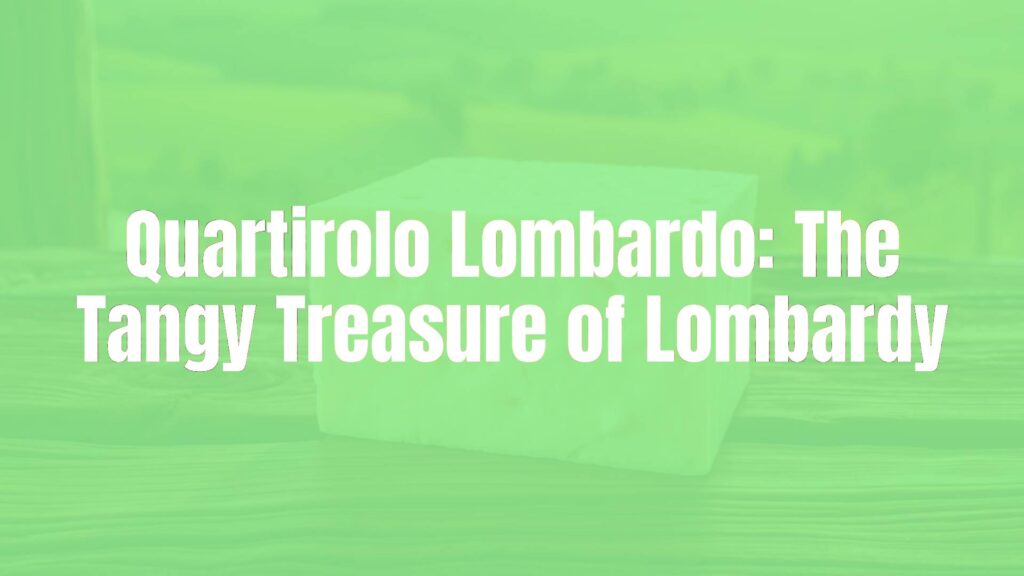Discovering Quartirolo Lombardo
Quartirolo Lombardo is a distinctive Italian cheese, celebrated for its crumbly texture, pleasantly tangy flavor, and deep ties to Lombardy’s pastoral traditions. Recognized with the Protected Designation of Origin (PDO) status, this specialty cheese provides a window into the gastronomic and agricultural heritages of northern Italy.
Key Features and Tasting Profile
Quartirolo Lombardo stands out for its soft, compact interior, which gradually becomes firmer and crumblier with age. It is typically produced in square blocks—making it visually unique among Italian cheeses. The taste evolves significantly over time: when young, the cheese offers a delicate, milky profile with hints of fresh grass and a mild tang. As it matures, it takes on more pronounced sour and aromatic notes, with a firmer, more crumbly texture and a prominent savory taste.
Historical Context and Origins
The origins of Quartirolo Lombardo can be traced back to the 10th century in Lombardy. Its name comes from the Italian word “quartirola,” referencing the “quarto taglio” or the fourth cutting of the grass in late summer, which was traditionally used as fodder for the cows. This grass gave the milk, and in turn, the cheese, a unique flavor profile tied to the changing seasons.
Production and Tradition
Produced exclusively in select provinces of Lombardy, Quartirolo Lombardo begins with freshly collected cow’s milk. It can be made from whole or partially skimmed milk, depending on the desired fat content. Traditional cheesemaking methods focus on minimal intervention, aiming to preserve the distinctive milk flavors imparted by the cows’ seasonal diets. After careful coagulation and molding, the cheese is salted and aged for a period ranging from five days (for table cheese) to over thirty days (for a stronger, more intense variety known as “stagionato”).
Cultural Significance and Enjoyment
Quartirolo Lombardo is a beloved staple in Lombard cuisine, representing both the agricultural history and local flavors of the region. Its PDO status not only preserves authenticity but also underscores its importance as a cultural emblem. The cheese is often enjoyed during gatherings, paired with rustic breads and regional wines, or used as a key ingredient in numerous local dishes.
Serving Suggestions and Pairings
Thanks to its mild acidity and creamy texture, Quartirolo Lombardo partners well with many foods. When young, it is delicious sliced onto salads or paired with fresh tomatoes, olives, and fragrant olive oil. The aged variety can be crumbled into pasta dishes, risottos, or polenta, where it imparts a tangy, savory note. Typical pairings include crisp white wines like Franciacorta or young red wines from nearby Oltrepò Pavese, as well as accompaniments such as honey and fruit preserves for contrast.
Regional Variations and Legacy
While the PDO protects production in core Lombard provinces, subtle differences can emerge among cheesemakers due to variations in milk, microclimate, and traditional techniques. The cheese remains deeply woven into Lombardy’s gastronomy, with innovation and tradition coexisting to keep Quartirolo Lombardo as relevant today as it was centuries ago.

